Monitoring management boards with Checkmk
Information from management boards is critical for holistic monitoring of a server to detect hardware failures and more. In this blog you will learn…

Checkmk – our road to ARM support
The ARM platform is gaining a foothold in the server market and is here to stay. Thus, we want to share our plans around ARM support in Checkmk.
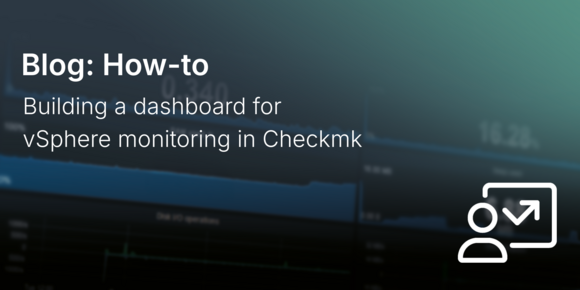
Building a dashboard for vSphere monitoring in Checkmk
Checkmk provides a wide range of predefined dashboards, but it also supports customization. Learn how to build a dashboard for VMware vSphere in…
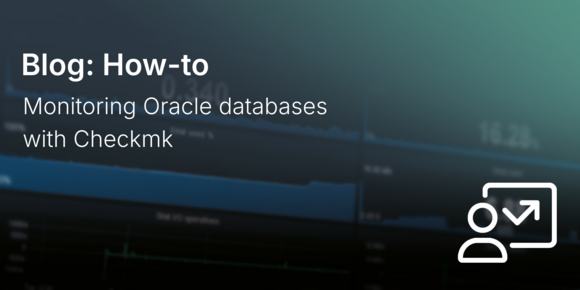
Monitoring Oracle databases with Checkmk
Monitor you Oracle Database with Checkmk. Besides the Oracle application performance, Checkmk will keep an eye or your OS, your hardware and can also…

Monitoring Oracle Solaris with Checkmk
With Checkmk you can reliably monitor all Unix derivatives and Unix-like systems

Linux plug-ins for server, container, and file monitoring
In this blog post we will see how to configure more Linux plug-ins to monitor servers, containers, and files

Monitoring VMware with Checkmk
Read how to monitor all aspects of your VMware environment with Checkmk in just a few minutes.

Naming concepts: DNS names will make your life easier
This blog will show you key elements and tips on how to implement naming policies
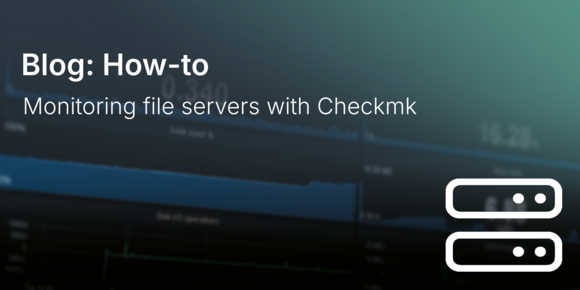
Monitoring file servers with Checkmk
This tutorials shows you, how to set up a monitoring for your file servers with Checkmk in just a few minutes
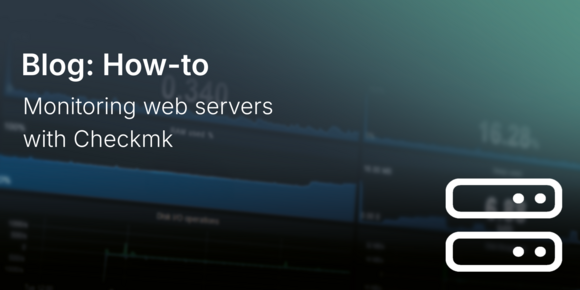
Monitoring web servers with Checkmk
Read how to monitor all aspects of your web server with Checkmk in just a few minutes.
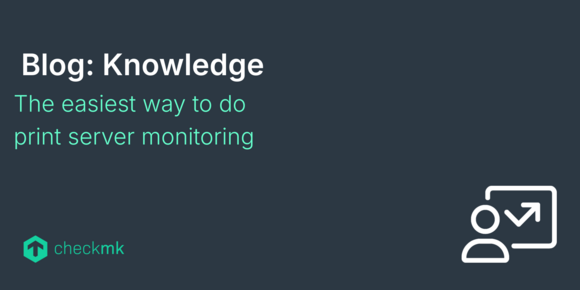
The easiest way to do print server monitoring
Time and again, organizations underestimate the importance of monitoring their print servers. Network printers or multifunction devices usually have…

How to do VPN Server Monitoring
Over the course of the Corona pandemic, many organizations have needed to find a way to share company data confidentially with employees in their home…
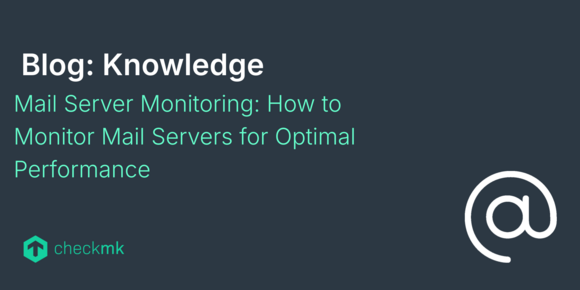
Mail server monitoring: How to monitor mail servers for optimal performance
Despite competition from messenger apps, email is still one of the most important means of business communication. For this reason alone, the…
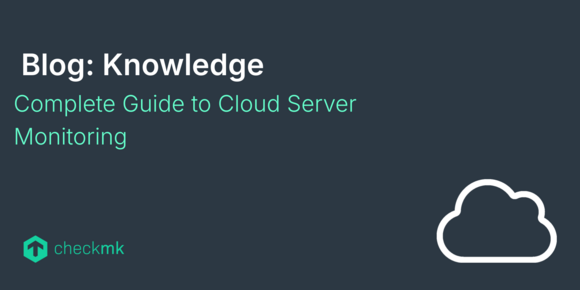
Complete Guide to Cloud Server Monitoring
These days, most organizations rely on a hybrid IT infrastructure and use the services of public cloud providers in addition to their own on-premises…
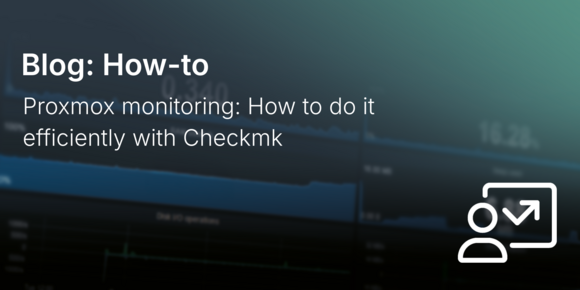
Proxmox monitoring: How to do it efficiently with Checkmk
Proxmox is a total server visualization open-source Linux-based platform. The software blends two virtualization technologies for operating virtual…
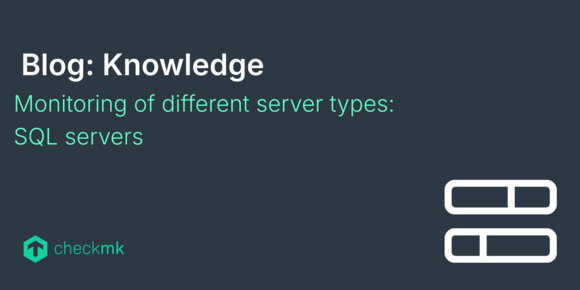
Monitoring of different server types: SQL servers
In the age of the IoT (Internet of Things) and big data, databases play an important role and are crucial for the success of an organization. As a…

Everything you need to know about file server monitoring
File server monitoring is crucial for organizations everywhere. It allows admins to ensure that the servers and files are available and are working…

The Complete Guide to NAS Server Monitoring
NAS servers are popular because of their user-friendliness and are used in organisations of all sizes. For this reason, you should definitely consider…

The path to the best HP monitoring
In many businesses it would be hard to imagine IT without the diverse range of products from HPE and HP. In order to guarantee the smooth operation of…

Splunk Monitoring with Checkmk
Splunk is more than just a highly efficient search engine. The cross-platform solution captures, indexes, and correlates real-time data from different…

Linux Swap Monitoring: Top Insights from Checkmk
Swap monitoring for Linux servers is more than just a simple threshold for used RAM. But what values should you monitor and what is the right…
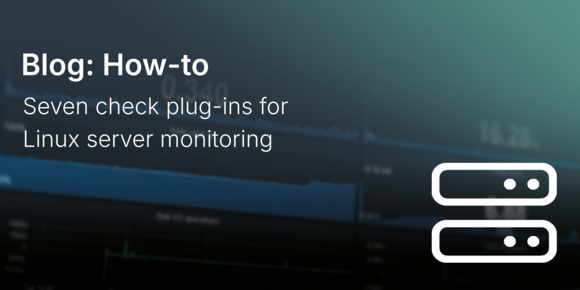
Seven check plug-ins for Linux server monitoring
In this blog post we're going to introduce seven check plug-ins that come in handy to sysadmins when it comes to Linux server monitoring.

Building custom dashboards for vSphere monitoring
Checkmk comes with a powerful dashboard builder. Ok, getting started could be easier, but once you have build your first dashboard, you will have…


